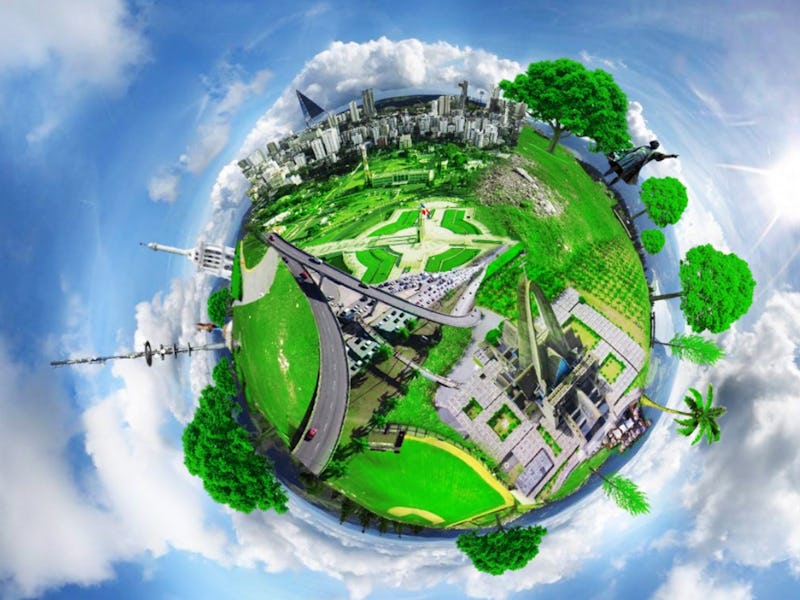4 Powerful Environmental Documentaries That Will Inspire You on Earth Day
Get motivated this Sunday.

In 1969, a massive oil spill dumped 21,000 gallons of crude into the ocean near Santa Barbara, California. At the time, it was the largest spill in United States history, killing thousands of marine animals and igniting public outrage. The community’s anger fueled the creation of the very first Earth Day in 1970. Organized by then-U.S. Senator Gaylord Nelson, the now-global holiday was designed to be a “national teach-in on the environment,” a mixture of protest and educational rally. This Sunday, on the 49th anniversary of Earth Day, pay homage to the holiday’s roots by educating yourself with some of the most readily available tools we have: nature documentaries.
While there is concern that some wildlife documentaries manipulate scenes, resulting in a less-than-realistic look at nature, studies demonstrate that viewing environmental documentaries in general increases environmental sensitivity and empathy. The documentaries listed below open a window to the environmental issues taking place outside of your own bubble — the first step towards an impactful education.
Microcosmos
The 1996 French documentary Microcosmos: People of the Grass uses incredibly detailed close-up camera work to examine the world of insects. With a 97 percent on Rotten Tomatoes, the witty documentary admittedly indulges in anthropomorphism, but it forces the audience to take an active interest in a universe of creatures we don’t typically consider. Also, this movie is simply very beautiful. Available to rent, with English subtitles, on YouTube.
Racing Extinction
This 2015 documentary examines two factors that are driving extinction: The international wildlife trade and the environmental degradation caused by oil and gas companies. In many ways a investigative documentary, the scope of the film is wide, taking the viewer from Indonesian villages where fishing for manta rays is the norm all the way to environmental protests at the Vatican. At once devastating and beautiful, Racing Extinction is, at its core, a plea for its viewers to become activists. Available on Hulu.
Chasing Ice
The Emmy award-winning documentary Chasing Ice captures the longest glacier calving event ever shown on film. In the film, crumbling ice sheets tumble into the sea, illustrating what the filmmakers argue is the effect of global warming. The visually stunning 2012 film documents the work of environmental photographer James Balog, who uses time-lapse photography to capture the receding glaciers of Greenland. Created to show visual proof of a changing world to climate change skeptics, it’s a reminder that, in the six years since it premiered, not much has changed for the better. Available on Netflix.
Virunga
Called by none other than Dr. Jane Goodall a “wake-up call for anyone who cares about the future of the planet,” Virunga is about the world’s last mountain gorillas and the park rangers whose lives are dedicated to saving them. The 2014 documentary is set in the Virunga National Park in the Democratic Republic of Congo. Here, political and economic issues are a literal matter of life and death, with the rise of armed conflict and oil exploitation putting both gorillas and humans at risk. A picture of tragedy and courage, Virunga is a narrative that exposes the both the tremendous good and bad humans do to the environment. Available on Netflix.